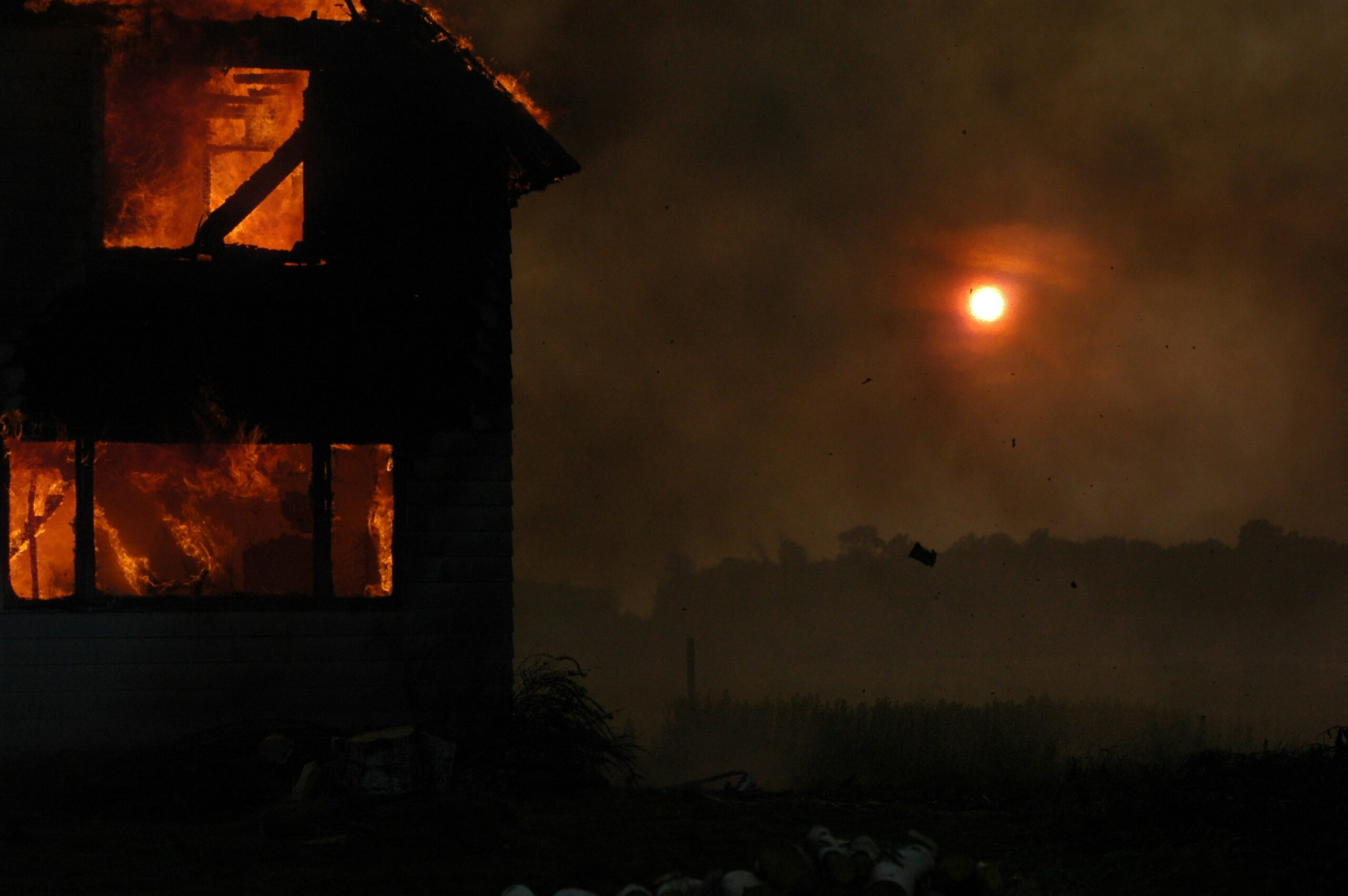According to the Insurance Journal.com, homeowners are finding it more and more difficult to afford insurance on their homes as climate change creates an environment where the yearly cost and frequency of claims is increasing with no end in sight.
In short, climate change-induced weather changes, i.e., the increase in the severity and frequency of storms, wildfires, flooding, and other events, cause insurance companies to pay out more for claims, meaning they need to increase their home insurance premiums to offset the losses. This means that homeowners everywhere pay more for their insurance, even if they themselves have not faced a loss. Let’s explore how that works in further detail.
Assessing risk: Climate change’s influence on underwriting
An increase in severe weather, regardless of how it’s caused, may not directly impact all homeowners. They can impact a specific geographic area or even a city, but the impacts increase the overall “risk profile” for insurers. A risk profile is essentially the likelihood of making a claim; a lot of different things influence your risk profile, but your geographic area and its exposure to damaging events (like fires, storms, flooding, and so on). Other things can affect your risk profile too, like the age of your home, whether or not you’ve updated your roof in the last decade, your insurance history, and so on.
The frequency and severity of weather events can mean that insurance companies insuring the properties where those events have occurred face higher probabilities of having to pay out claims. This prompts them to adjust premiums accordingly. Keep in mind that this can happen on a small scale to a certain geographic area and on a much larger scale, impacting cities or even entire states.
The rising cost of re-insurance
Did you know that insurance companies need insurance too? Reinsurance serves as insurance to help insurance companies protect themselves if there’s a particularly large or sudden loss that their existing pool of payout money can’t cover. Reinsurers are having to pay more claims with rising climate-related disaster frequency and severity, therefore having to increase their insurance costs for primary insurers. Insurance companies may offset these rising costs by passing them on to homeowners through higher premiums as well.
Expanded risk zones and reassessment of property values
With the changing climate, previously considered low-risk areas may now be prone to flooding, wildfires, or other hazards. As a result, insurers are reevaluating risk zones and adjusting premiums accordingly. Homes located in areas now deemed higher risk may experience significant premium hikes, regardless of individual homeowners’ claims histories. This is true of all properties – cottage, seasonal property, and condo insurance rates may be impacted as well.
Sustainability concerns over the long-term
With climate change projections indicating continued increases in extreme weather events, insurers must ensure that their business models remain viable in the face of mounting losses. This may involve restructuring policies, increasing premiums, or even withdrawing coverage from the most vulnerable areas. All insurance companies refuse the right to write new business, so if you have purchased a new home in a wildfire zone, your chances of getting insurance may be much more limited.
Industry standards and regulatory pressures
As the climate change phenomenon evolves, government regulators and industry bodies are putting increasing pressure on insurers’ responses. This can manifest as stricter regulations, requirements for increased reserves, and mandates for companies to disclose their exposure to climate-related risks. Compliance with these standards may necessitate adjustments to premiums, impacting homeowners across the board.
Coverage gaps in your home insurance could cause financial vulnerabilities
Coverage gaps, usually as a result of failing to address shifts in home value over time or after renovations/upgrades, can leave homeowners vulnerable to unexpected expenses. This is even greater of an issue during a period where climate-related losses are so rampant, since insured homeowners may not get back the full value of what it would take to rebuild their home in the event of an unexpected loss.
In the absence of adequate coverage, homeowners could struggle to recover financially from a loss, potentially resulting in debt or financial hardship. Coverage gaps could also mean homeowners are exposed to risks that they might not anticipate.
Mortage lenders typically require homeowners to maintain adequate insurance coverage (even if home insurance isn’t required by their state), and it’s not unlikely that restrictions and regulations will continue to increase as we experience more and more severe weather. Coverage gaps can result in non-compliance with lenders in this case, so we advise working with an insurance agent to review your policy and ensure everything is up to snuff – both in terms of covering your asset and complying with any regulations you may be faced with.
Concerned? Call us
Climate change has had a multifaceted influence on the cost of home insurance for homeowners, even those who haven’t directly experienced a loss. This increase can be confusing, frustrating, and downright distressing for some people, especially with the cost of living so expensive as is.
If you’re confused about a recent increase in your home insurance costs, call us. We’d be happy to go over your policy, discuss home insurance savings opportunities, and provide our expert insight. Give us a call today or request a quote.























